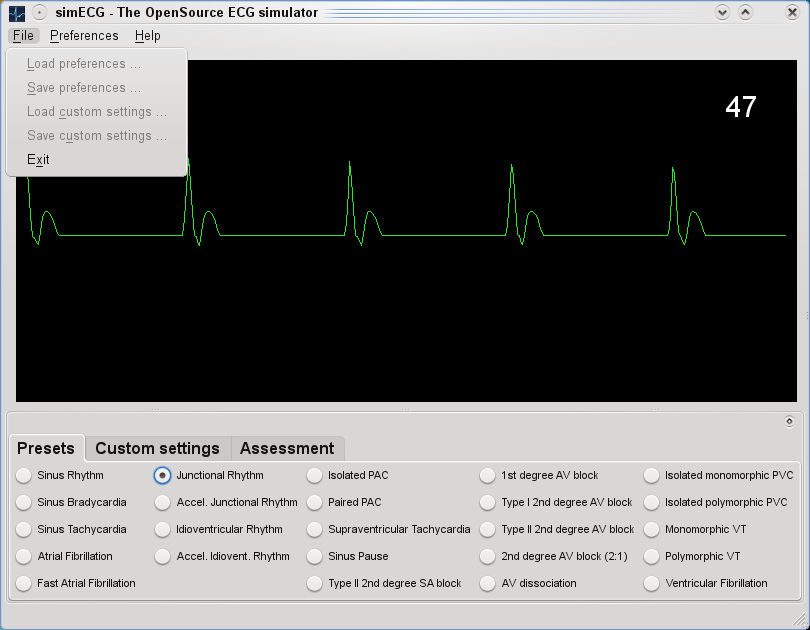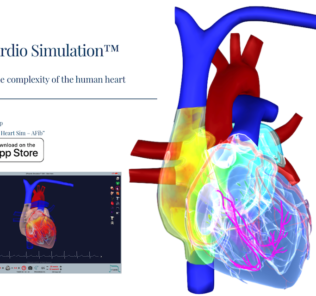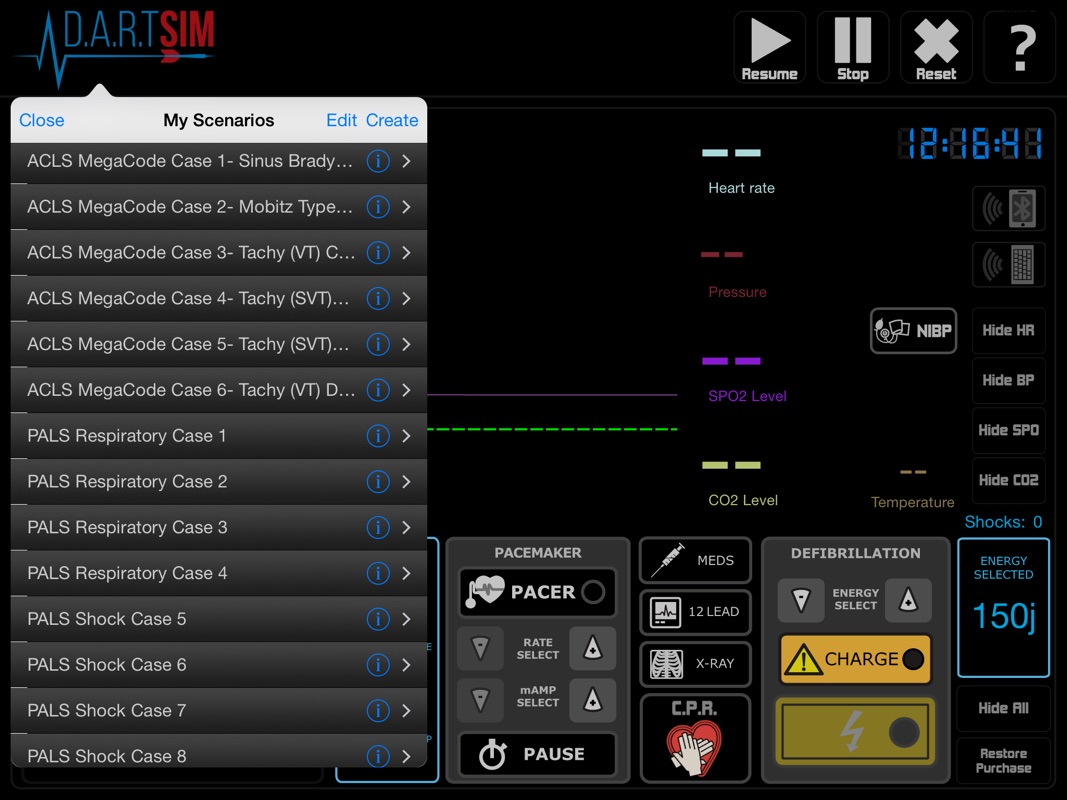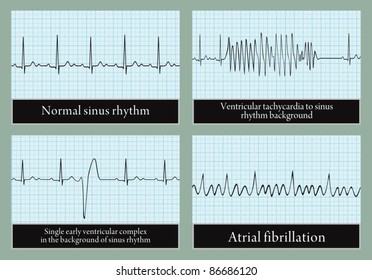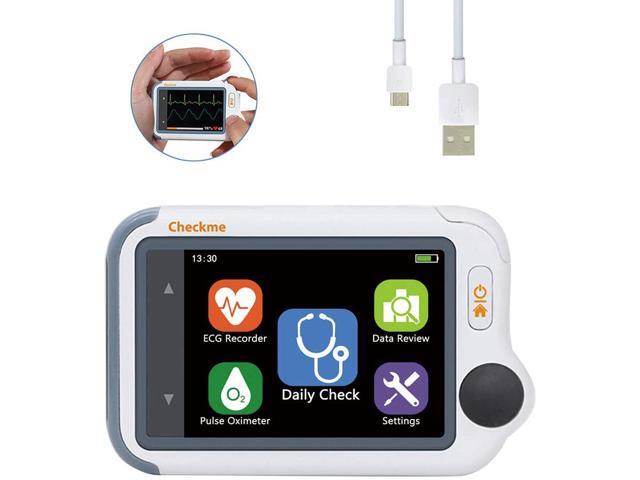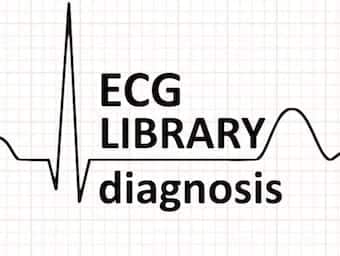Ecg Rhythm Generator App

The app brings ecg technology to your wrist so you can record your heart s rhythm when it s convenient for you.
Ecg rhythm generator app. This free ecg simulator will help you practice interpreting core rhythms as well as exceptions such as av blocks. Basic 12 lead ekg part 1. It is a very simple application which is developed for educational purposes. There are sensors in the frame and biosensor core of your sense smartwatch open the fitbit ecg app and place your fingers on the corners for it to record the signals from your heart.
Basic 12 lead ekg part 2. Basic 12 lead ekg. Unlike other simulators you have complete. The ecg app records an electrocardiogram which represents the electrical pulses that make your heart beat.
Ecg types is a free cardiac rhythm simulator app for windows 10 pc. You can learn different types of ecg waves generated at different heart conditions by using this windows 10 app. It describes the waves intervals and a four step method to identify the rhythm. This allows you to have full control over your patient s vital signs.
Basic 12 lead ekg workshop. Control your simulator with an iphone ipod touch ipad mini or another ipad. Your ipad or ipad mini becomes an ecg rhythm generator defibrillator and patient monitor simulator all in one. The ecg app for fitbit sense has received regulatory approval the app lets users take on the spot readings of their heart rhythm fitbit sense is priced at rs.
Ecg simulator by dart sim ecg simulator for tablets computers ipads. The ecg app can record your heartbeat and rhythm using the electrical heart sensor on apple watch series 4 series 5 or series 6 and then check the recording for atrial fibrillation afib a form of irregular rhythm. New teaching software that replaces a defibrillator and ecg rhythm simulator. The first module ecg rhythm primer reviews the basics of identifying the cardiac rhythm in electrocardiogram lead ii.
It also has a game mode. How does it work. There are more than 30 ecg waves to learn. Rhythm tutor teaches and reinforces the organized four question approach to identification of electrocardiogram rhythms.
